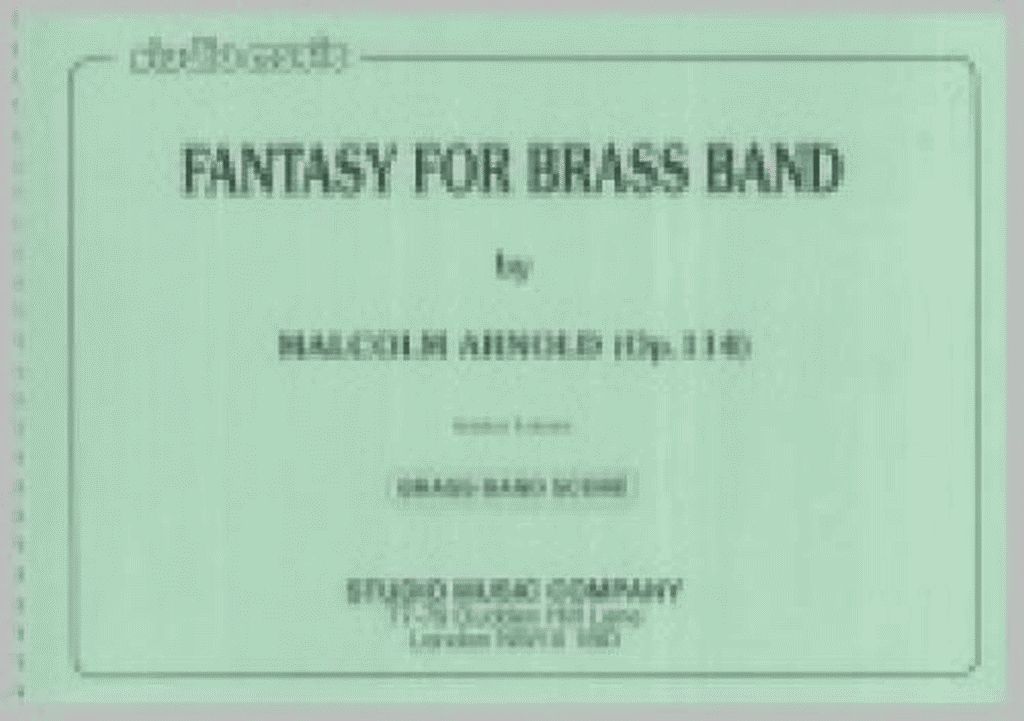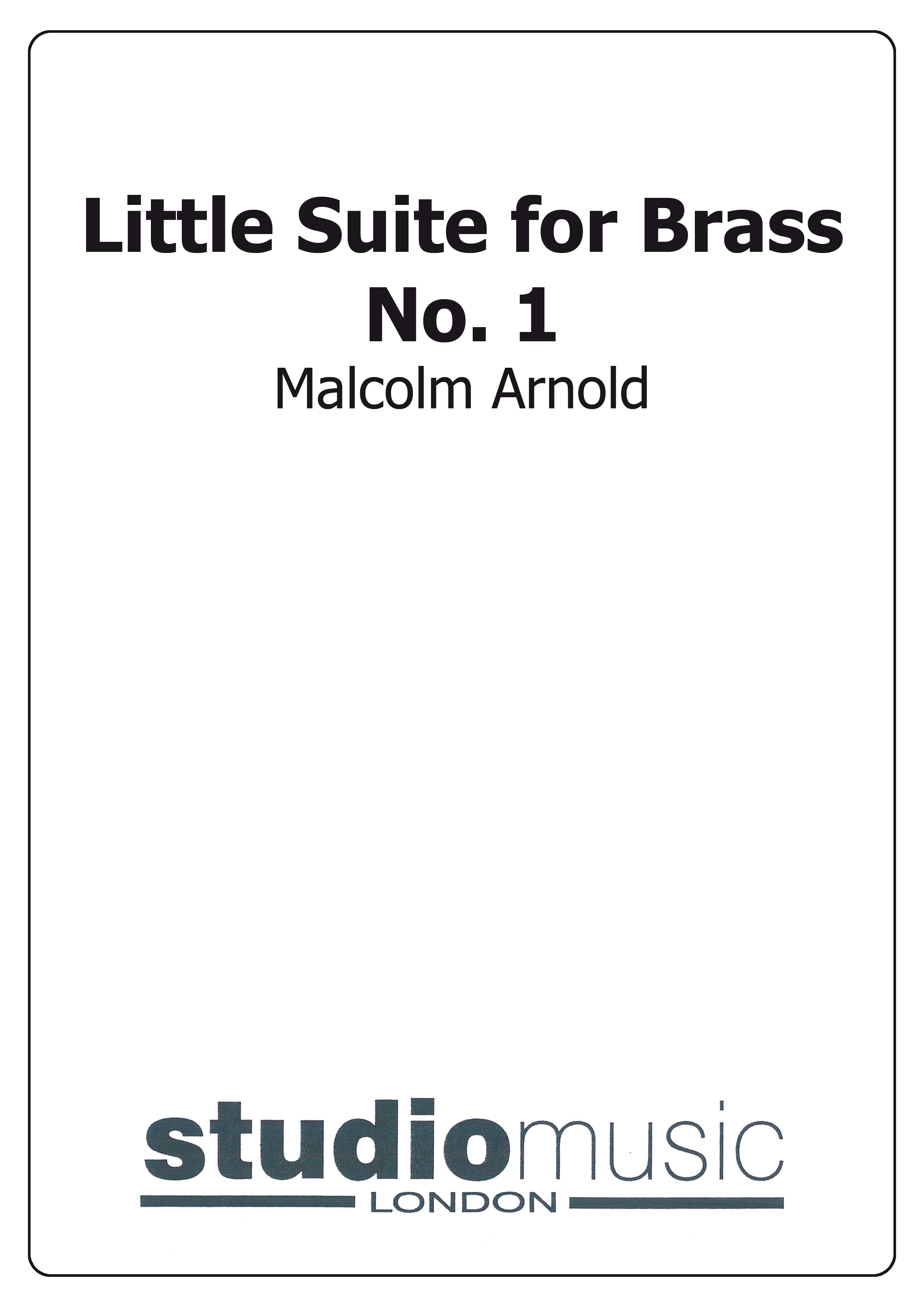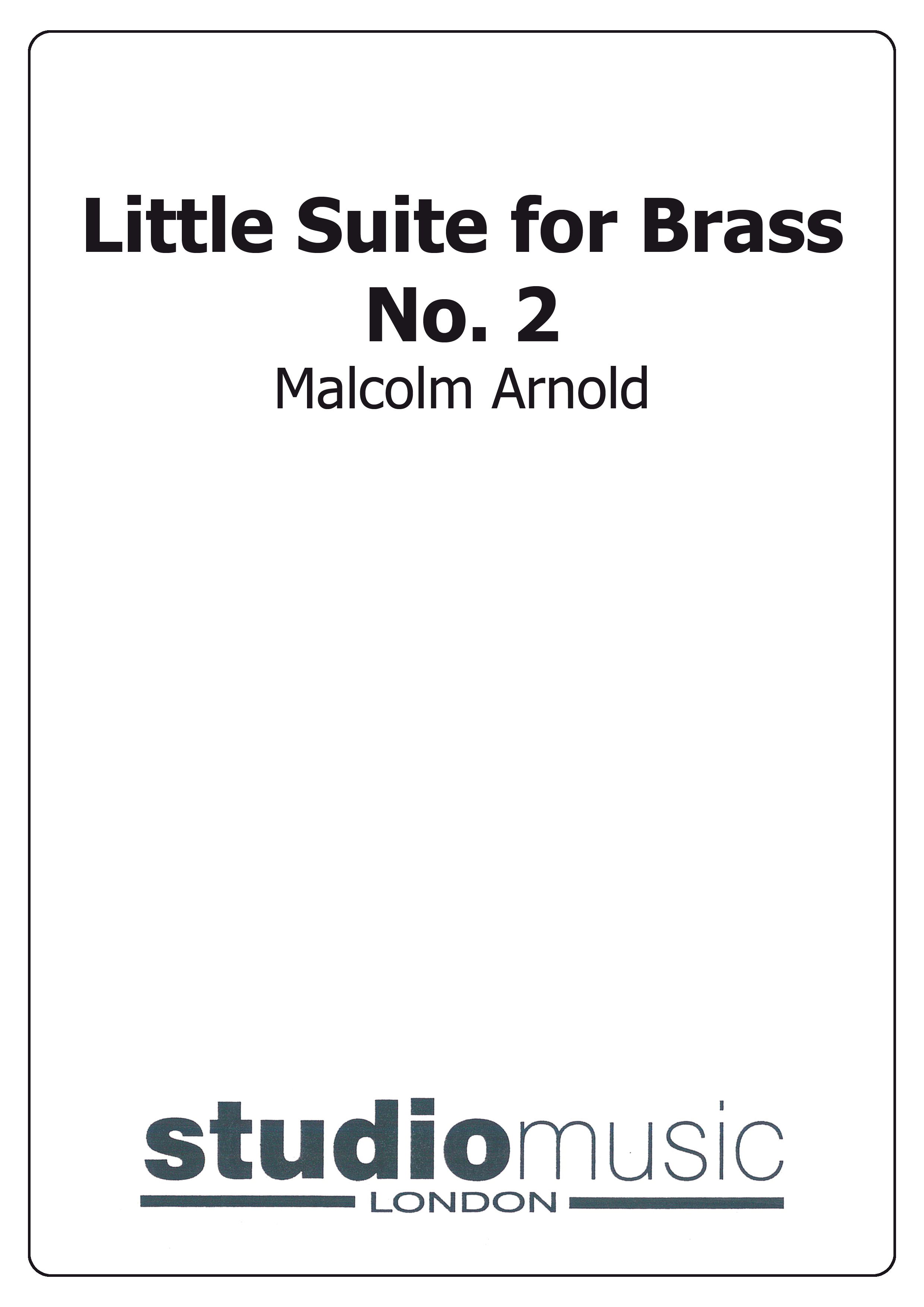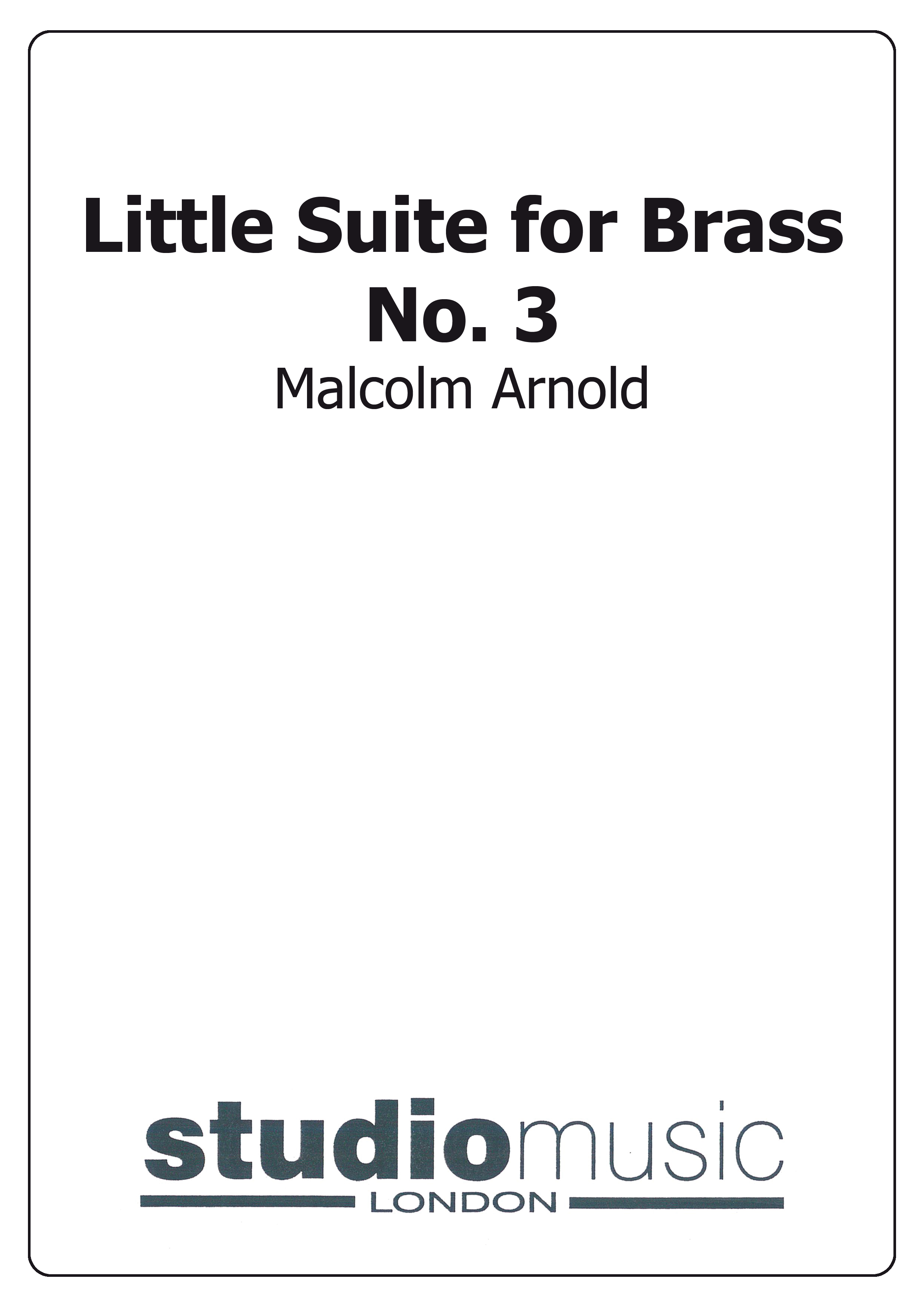We've found 816 matches for your search. Order by
Results
-
£11.50
Concerto for Hosepipe (Score Only)
Estimated dispatch 7-14 working days
-
£37.95
-
 £37.95
£37.95Fantasy for Brass Band (Score Only)
Op.114aButlin's 2017 1st Section Test Piece
Estimated dispatch 7-14 working days
-
 £32.95
£32.95Little Suite for Brass No.1 Op.80 (Score Only)
The three movements are: Prelude; Siciliano; Rondo.
Estimated dispatch 7-14 working days
-
 £32.95
£32.95Little Suite for Brass No.2 (Score Only)
Estimated dispatch 7-14 working days
-
 £32.95
£32.95Little Suite for Brass No.3 (Score Only)
Estimated dispatch 7-14 working days
-
£32.95
Music for a Brass Band (Score Only)
Includes: Prelude; Musette; Dance; Intermezzo; March.
Estimated dispatch 7-14 working days
-
£24.95
Music for Greenwich (Score Only)
Estimated dispatch 7-14 working days
-
£24.95
Neapolitan Suite for Brass (Score Only)
Estimated dispatch 7-14 working days
-
£37.95
Suite for Brass Band (Score Only)
Estimated dispatch 7-14 working days
